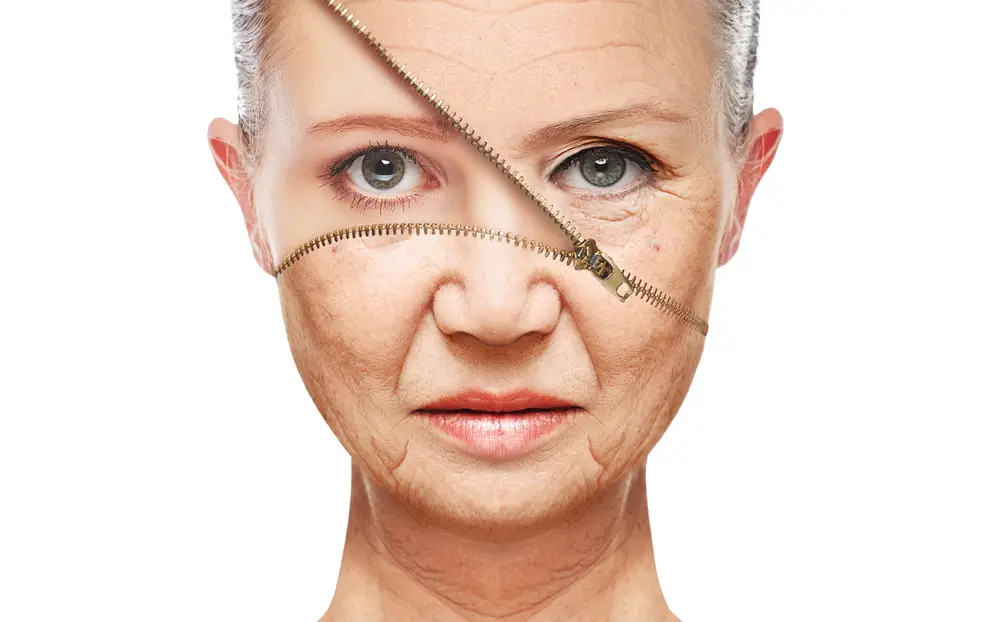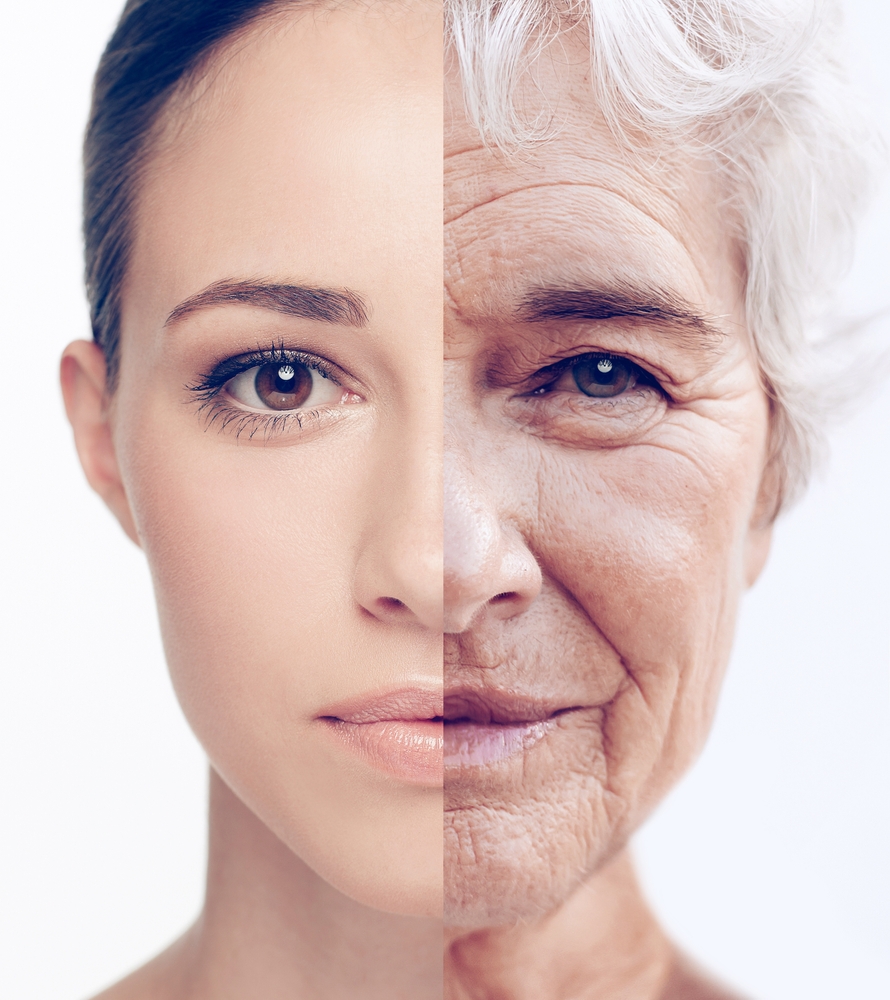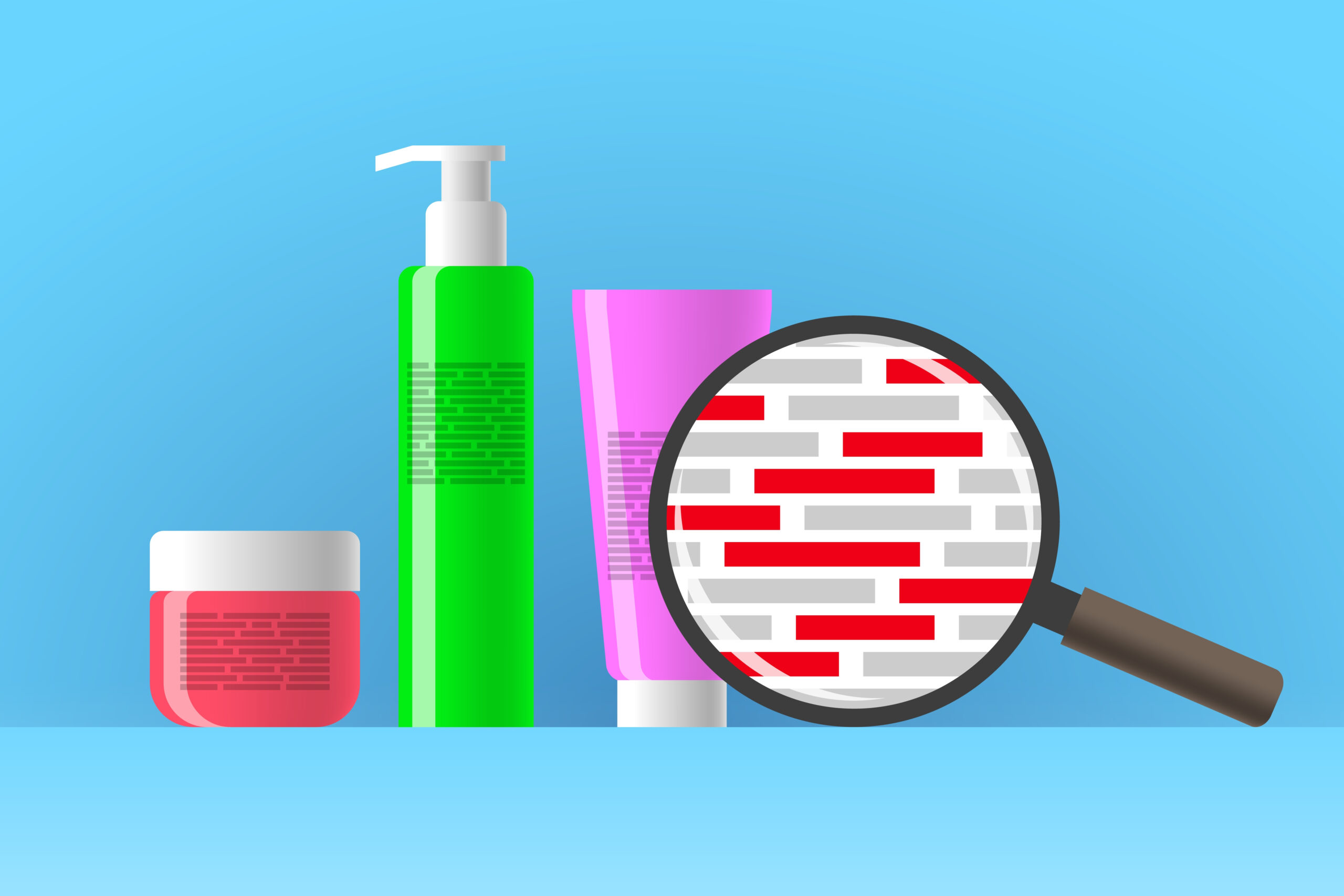As we age, our bodies naturally change shape, and one of those changes we might not love so much is when our skin begins to sag. Sagging is mostly due to genetic aging, which causes collagen production to slow down, resulting in a loss of firmness and elasticity. However, certain lifestyle habits and factors can also cause the dreaded sag. Ahead are the areas where your skin sags more and some tips on how to address it.
1. Sagging Chin
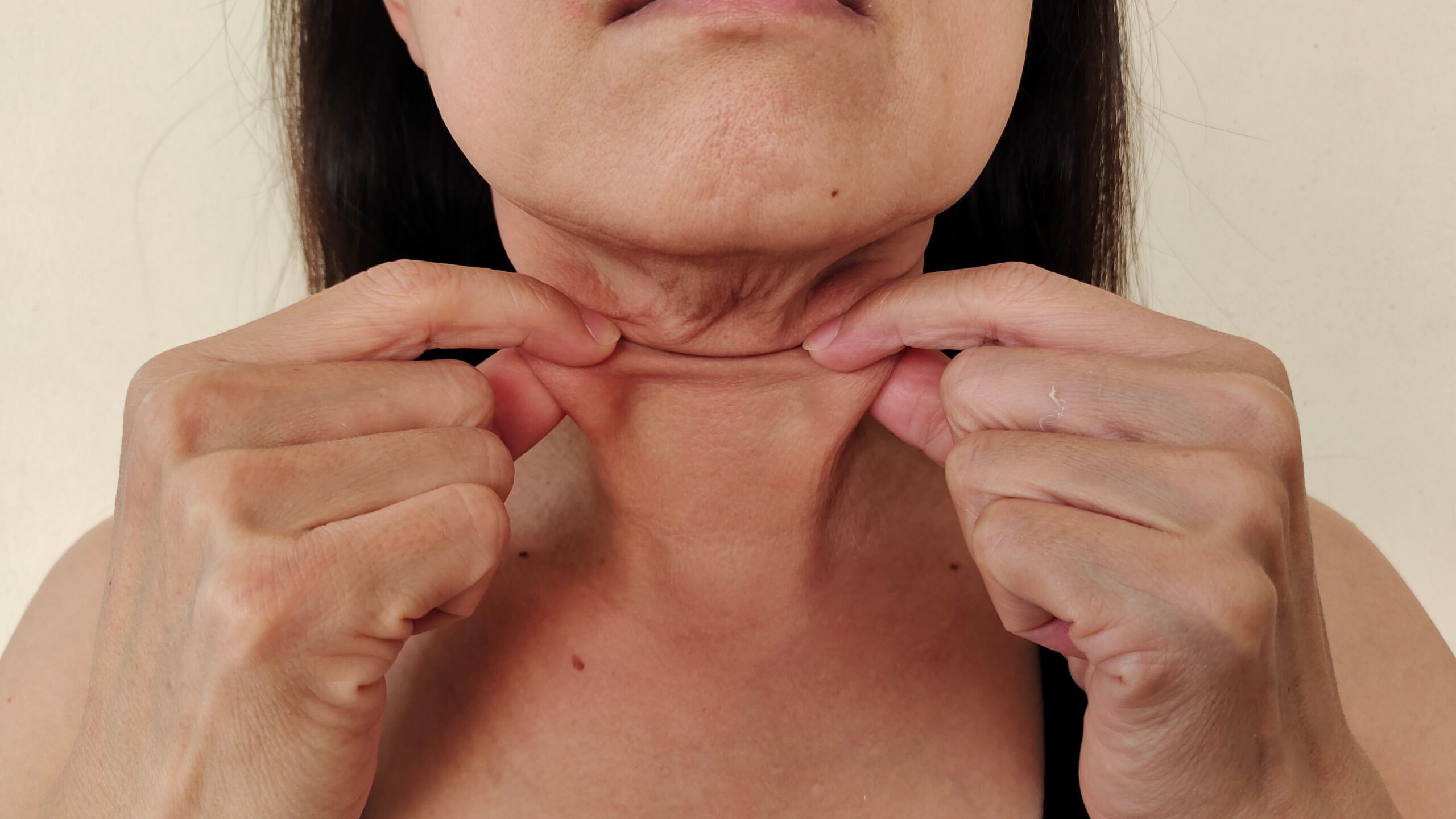
Your chin is part of your face, and the skin is finer and more delicate, making it more prone to sagging. You can help tackle sagging with exercises that target the muscles in the neck and jawline. It’s also good practice to add a firming cream specifically designed for the chin and neck to help tighten the area.
2. Facial Sagging
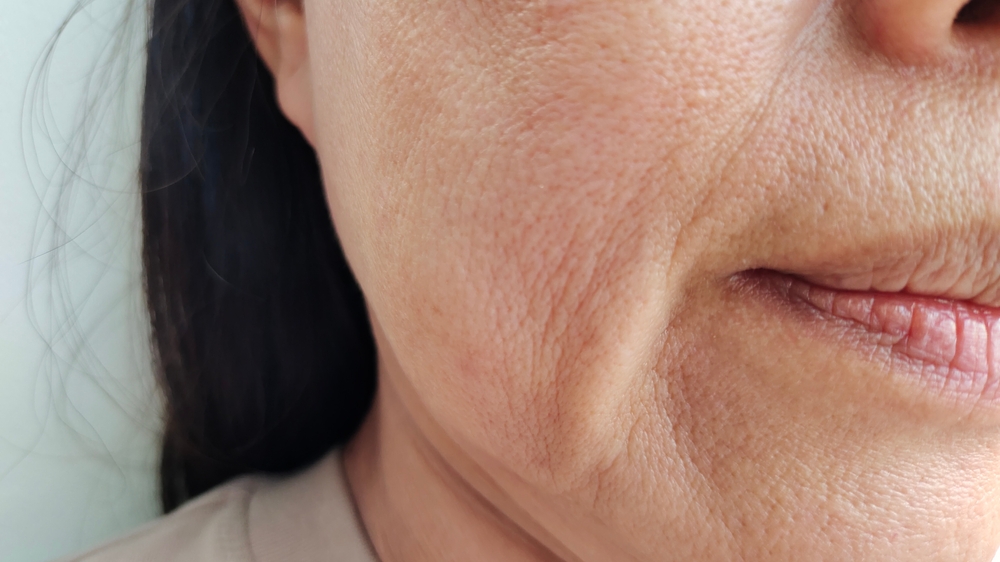
One of the most noticeable places where our skin will start to sag is on our face. We look at ourselves every day, and all of a sudden, our cheeks and mouths become droopier than we remembered. Facial sagging is one of the most noticeable signs of aging, and it happens due to a loss of collagen and elasticity in the skin. To combat this, incorporate a good anti-aging skincare routine that includes retinol and peptides, which can help firm up the skin over time.
3. Drooping Eyelids
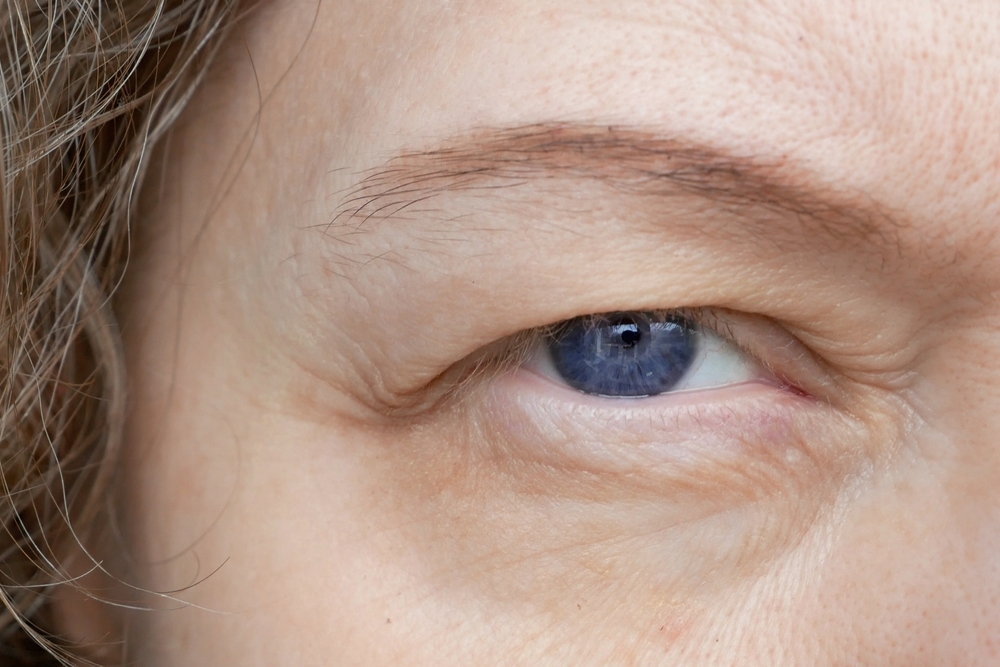
Drooping eyelids are also common when our face starts to lose elasticity. Saggy eyelids can make you look more tired and older than you are. If you want to firm up the skin around your eyelids, try using an anti-aging treatment cream infused with stimulating, firming caffeine. For a more immediate fix, consider non-surgical treatments like Botox or filler.
4. Sagging Neck
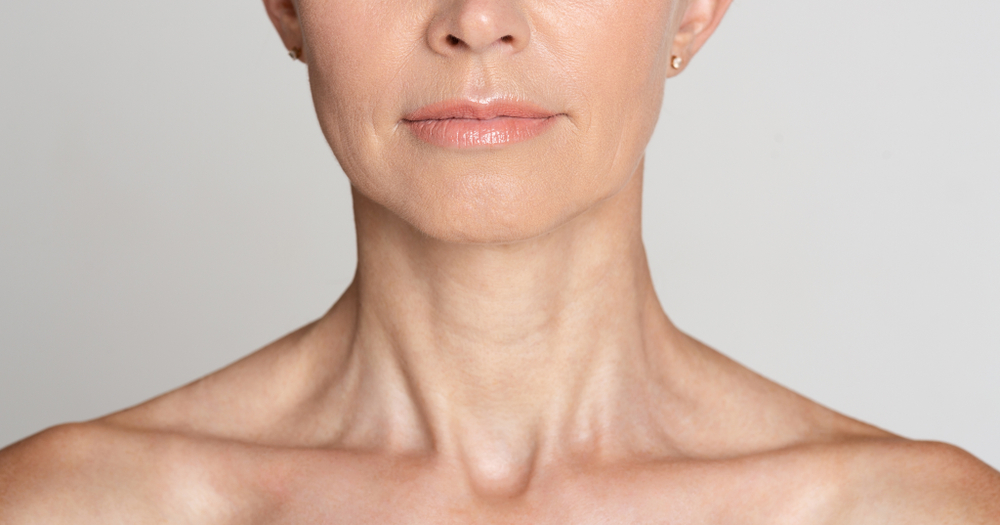
The skin on the neck is also finer and naturally has less collagen, so it is one of the first places where aging shows. Always extend your skincare routine down to your neck, as it’s an extension of your face. Use firming creams formulated for the neck and regularly exfoliate the area. Neck exercises can also help strengthen the muscles and reduce signs of “turkey neck.” To help prevent skin sagging in the first place, you should be applying sunscreen daily to your décolletage area.
5. Sagging Breasts
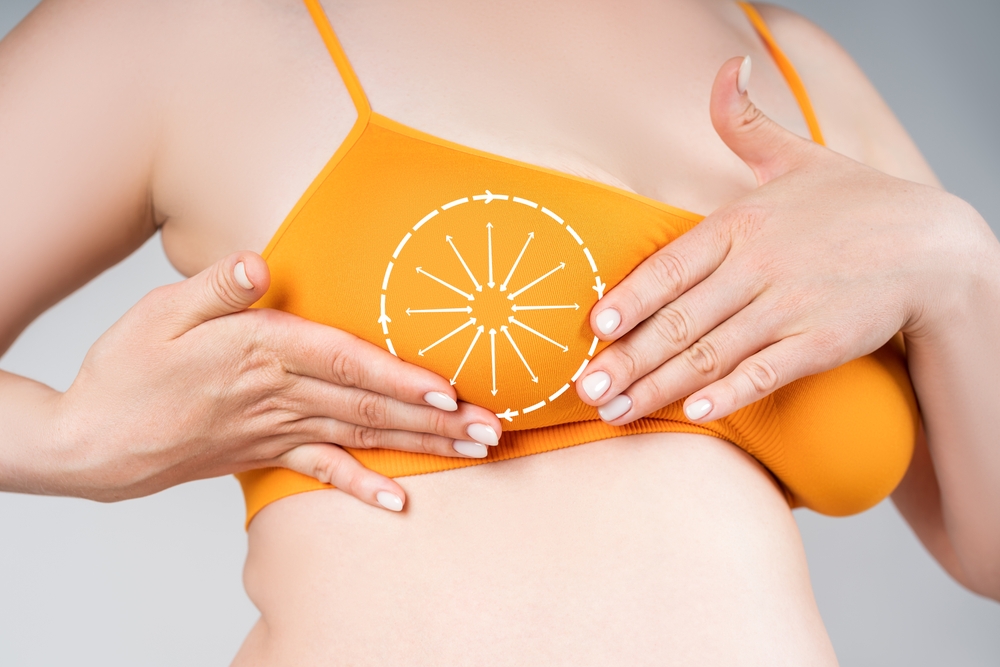
Breast sagging is a natural part of aging, especially after pregnancy or weight fluctuations. To maintain lift, ensure you’re wearing a properly fitted bra at all times. Strengthening the chest muscles with targeted exercises can also help improve the appearance. You can also try incorporating shapewear into your fashion regime to give the illusion of having a smoother, more lifted bust.
6. Sagging Upper Arms
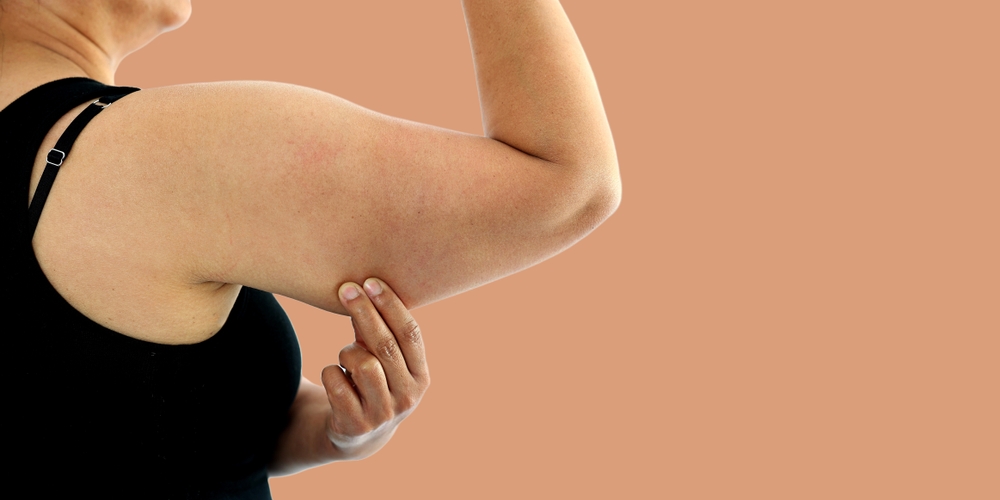
Known as “bat wings,” sagging in the upper arms may catch you by surprise, but it’s a common side effect of getting older. Don’t fret; you can manage saggy upper arms with regular strength training exercises focusing on the triceps to build definition back into the area. Additionally, maintaining a healthy weight can reduce excess fat in your arms.
7. Loose Skin on the Stomach
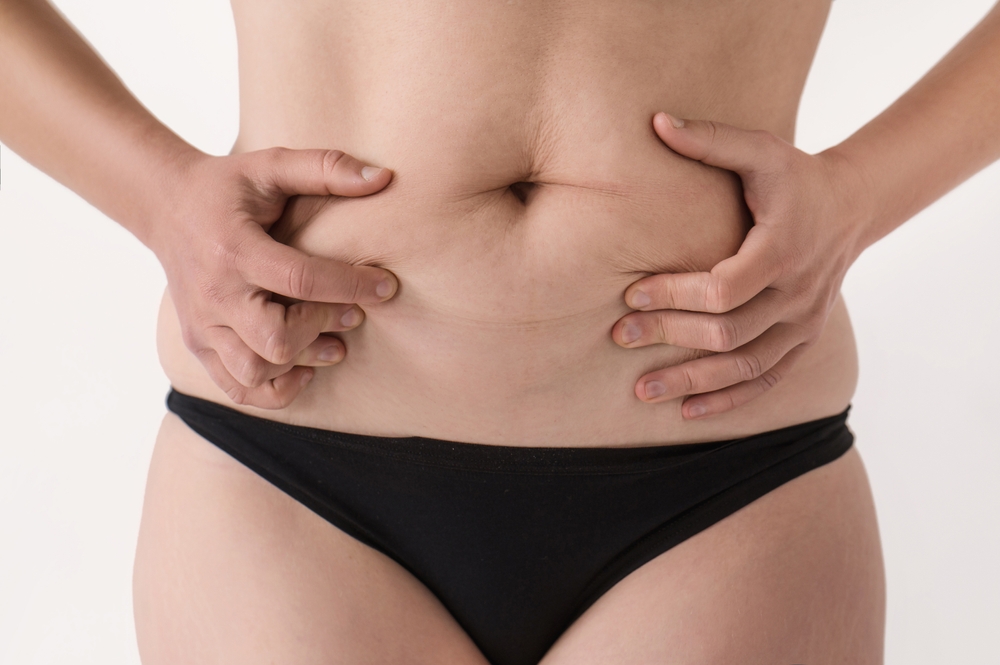
Stomach sagging can occur for a myriad of reasons, such as excessive weight loss (or gain), pregnancy, and genetic aging. No matter what caused it, stomach skin sagging can be a real hit to your confidence. If you want to tighten the skin around your midsection, try to engage in core-strengthening exercises to tighten the muscles underneath, and consider using firming creams to improve skin texture.
8. Sagging Buttocks
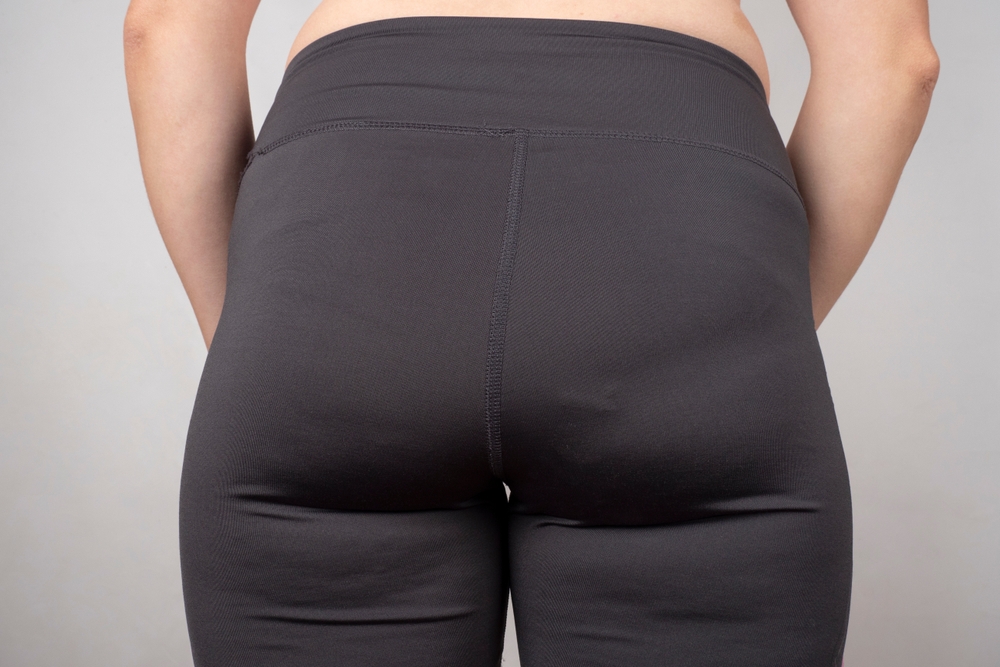
As time goes on, your bum can begin to sag. This is because, with age, our muscle mass decreases and can cause once-firm areas of our bodies to droop. If your buttocks are starting to sag, incorporating lower-body strength training exercises like squats and lunges can help lift and tone the area. You could also try wearing shapewear with compression fabrics to give your butt a subtle lift and make your clothes hang better.
9. Drooping Jowls
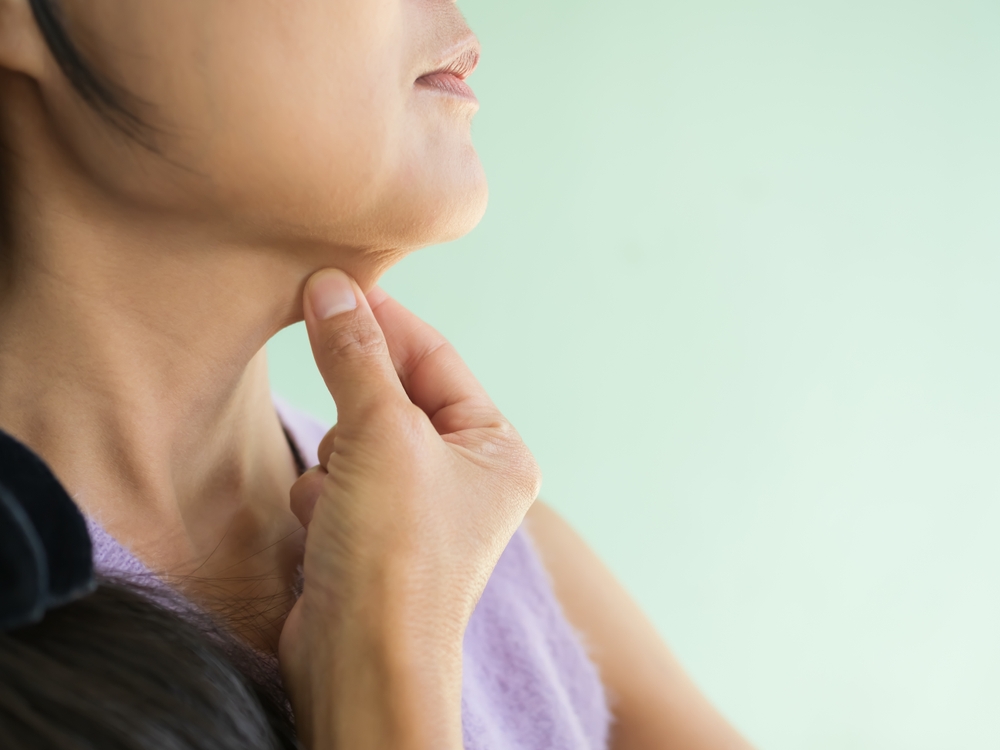 provided by Shutterstock
provided by Shutterstock
As your face sags, the skin under your chin—known as your jowls—can sag along with it. Droopy jowls can give your face an older, more lined appearance and mess with your overall confidence. To tackle this, consider facial exercises that target the jawline. Additionally, using a skin-tightening serum or considering non-invasive fillers and procedures to smooth out jowls.
10. Saggy Knees
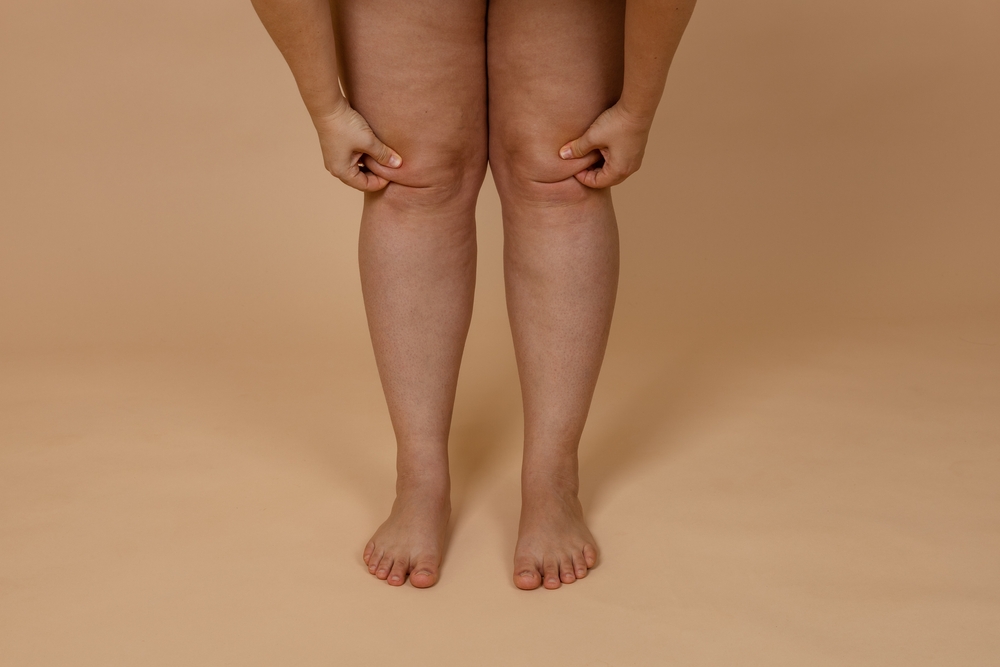
Did you know the skin around your knees can sag too? Sagging skin around the knees can make wearing shorts or skirts feel uncomfortable and bring out insecurities. Keep the area moisturized, and consider adding leg toning exercises to your routine to help firm up the muscles around the knees.
11. Low Hanging Calves
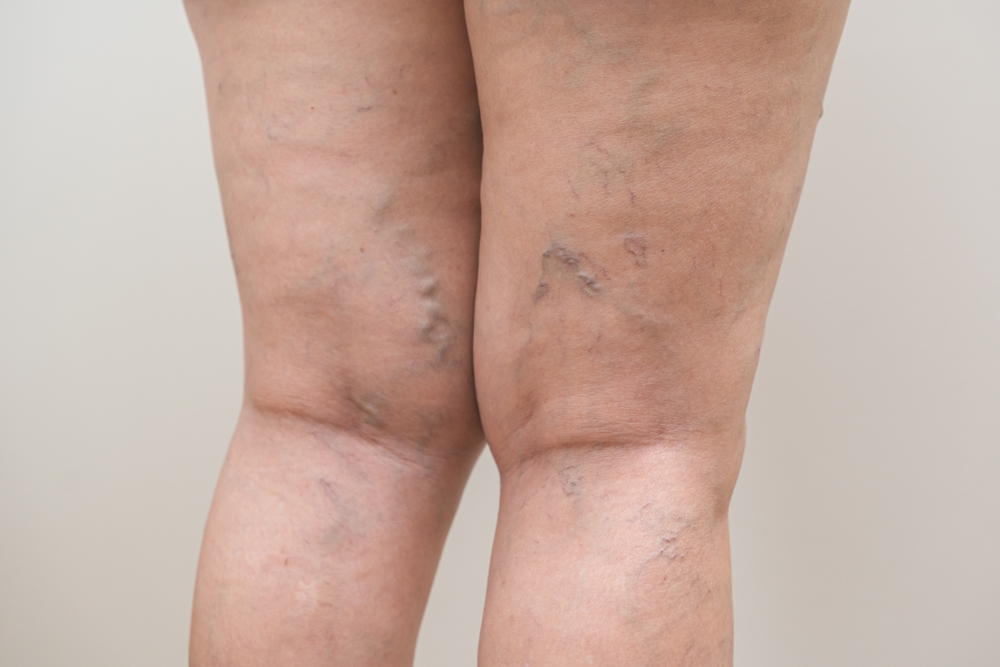
As muscle mass decreases with age, your calves may begin to sag. That doesn’t mean you need to hide your legs. Regularly performing calf raises and other leg exercises can help maintain muscle tone, it’ll also reduce the appearance of sagging and win back your confidence about your legs.
12. Sagging Hands
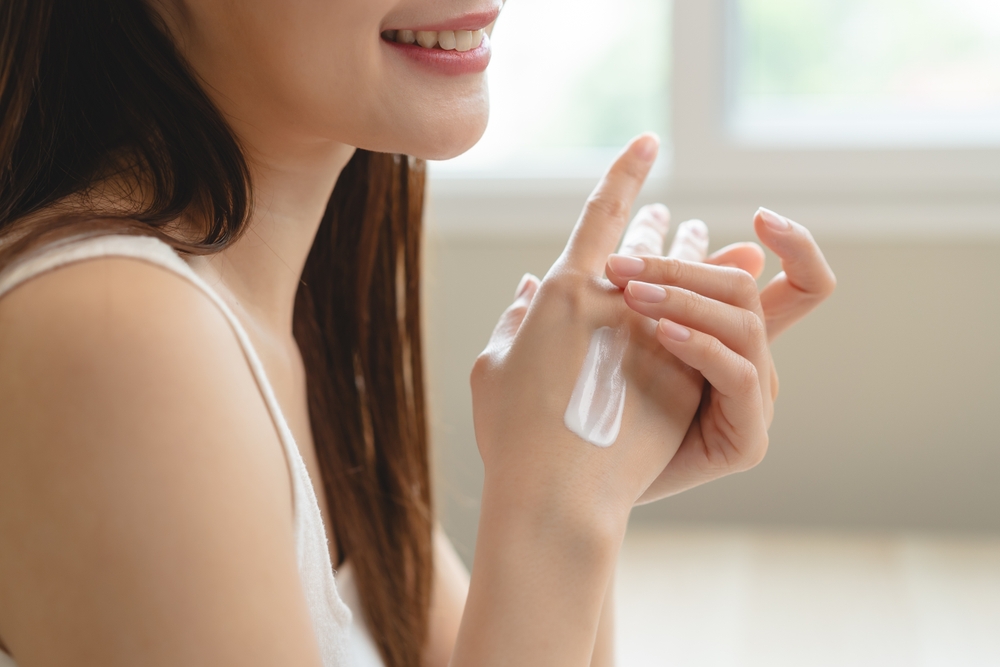
Just like the neck, the skin on your hands is much finer and more delicate and can show signs of aging faster. Droopy skin on the hands and age spots (which are also more common on your hands) can give your age away even if your face and neck still appear to be youthful. Regularly moisturizing and using sunscreen on your hands can help maintain skin elasticity and protect against damage. If the skin has already begun to sag on the hands, consider hand creams with retinol for added firmness.
13. Droopy Thighs
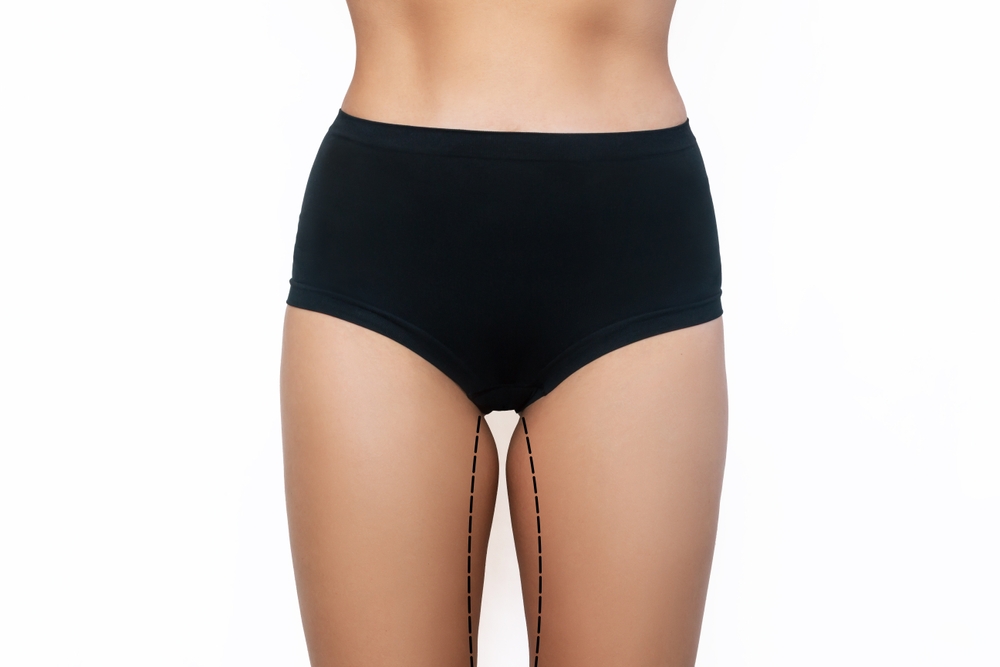
Just like we lose muscle mass in our bums, knees, and calves, our thighs are not immune to this aging side effect. Luckily, thigh sagging can be reduced with exercises that target the inner and outer thighs. Incorporating lunges, squats, and leg lifts into your routine can make a big difference over time.
13. Drooping Eyebrows
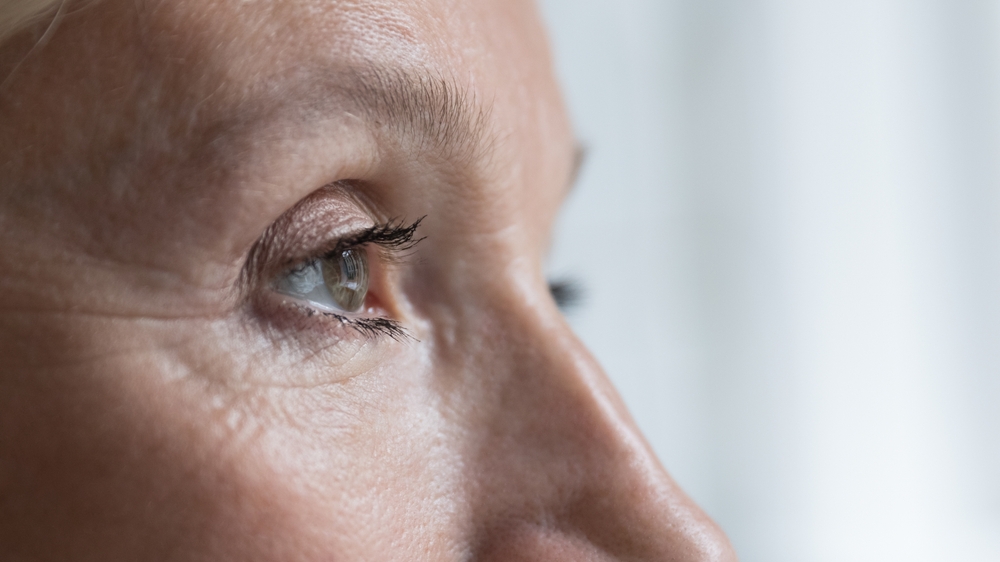
As well as droopy eyelids, drooping eyebrows are another symptom of getting older. Sagging around the eyebrows can give you a tired look. Consider using brow serums to encourage hair growth and keep your brows well-groomed. Non-surgical treatments like Botox can also lift the brow area. Also, consider changing your makeup routine to accommodate the skin changes around your eyes in order to draw less attention to the area.
15. Sagging Feet
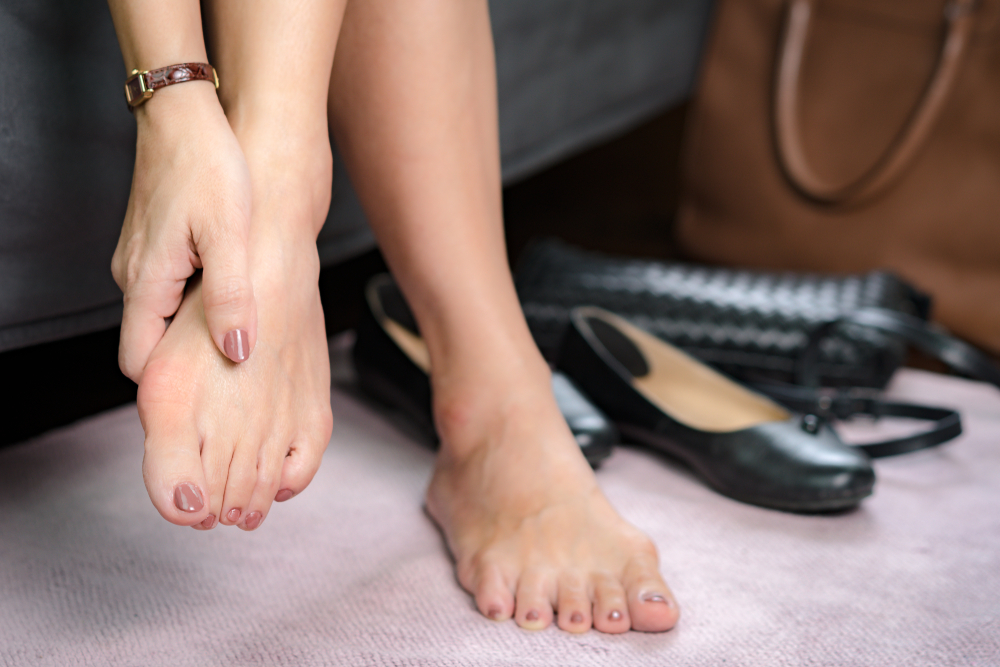
While not as common, sagging skin on the feet can be a concern for some. If you’re finding that the skin on your feet has begun to sag, make sure you keep your feet well-moisturized and consider foot exercises to maintain muscle tone and skin elasticity. Your feet lose fullness with age, so it’s also important to wear comfortable shoes with plenty of cushioning and arch support.

